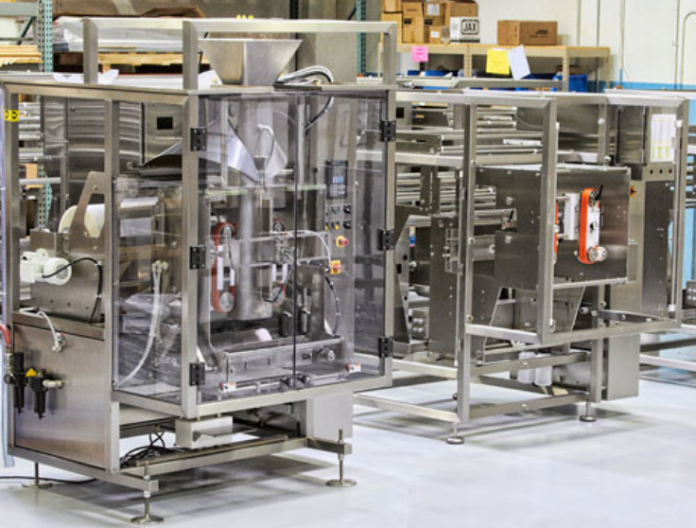Preserving the freshness and safety of foodstuffs in the current world depends mostly on food preservation. Technologies like modified atmosphere packaging machines are becoming essential as consumers seek fresher food with longer shelf life. By helping to regulate the surroundings around food, these devices enable it to stay fresh for longer times. The use, value, and applicability of these machines in the food sector are explored in this paper.
Understanding the Role of MAP Machines
Designed to improve the shelf life of food goods by changing the gas composition inside a package, modified atmosphere packaging machines Depending on the food being packed, these devices substitute a mixture of gases—including carbon dioxide, nitrogen, and oxygen—for the air inside the container. Maintaining a balance between these gases, modified atmosphere packaging machines help to slow down food’s degradation, therefore keeping its color, texture, and flavor. Meat, dairy, fruits, vegetables, and prepared meals are just a few of the sectors where this technology is widely applied to guarantee that food stays fresher longer.
How MAP Machines Contribute to Food Preservation
The potential of Modified Atmosphere Packaging Machines to greatly increase the stand life of perishable items makes them rather important. These devices stop damage brought on by oxidation, mold, and bacteria by tightly regulating the gas stations. Decreasing the oxygen level in packaging, for instance, slows down the ripening cycle of fruits and vegetables; on the other hand, adding carbon dioxide helps stop microbial development in meat products. This exact control lets companies satisfy customer demand for longer-lasting fresh food products, lower food waste, and enhance product quality.
Advantages of Using Modified Atmosphere Packaging Machines
The food sector application of Modified Atmosphere Packaging Machines presents several benefits. The capacity to move fresh goods over great distances without sacrificing their freshness is one major advantage. This lets businesses serve a larger clientele by opening worldwide markets for perishable items. These machines also help food seem more natural and appealing to consumers who are health-conscious since they help lower the demand for chemical treatments or preservatives. Furthermore, giving consumers more convenience and flexibility in managing their food supply means longer shelf life.
Modified Atmosphere Packaging Equipment Explained
Modified environment packaging is the equipment used to automatically package food goods in a regulated atmosphere. Among the several parts this apparatus consists of are heat sealing tools, vacuum sealing units, and gas flushing systems. Modified Atmosphere Packaging Equipment ensures that food inside stays shielded from damaging environmental elements by putting a certain gas combination into a package before closing it. High-volume production especially benefits from this technology since it guarantees consistency and dependability throughout significant quantities of food goods.
How Modified Atmosphere Packaging Equipment Enhances Quality
Modified Atmosphere Packaging Equipment has mostly advantages in terms of maintaining food product freshness and quality. The equipment keeps the ideal gas mix that stops oxidation, slows down bacterial development, and increases shelf life. Essential for consumer pleasure, these devices help retain the original texture, color, and flavor of food by regulating the environment inside the package. Moreover, this technology enables businesses to keep high levels of safety and hygiene, which is absolutely vital in the competitive food market of today.
Conclusion
Finally, by guaranteeing that food stays safe and fresh for longer durations, modified atmosphere packaging machines, and equipment have transformed food preservation. Minimizing food waste, enhancing product quality, and global food distribution all depend on these technologies, which also greatly help. See specialized manufacturers for further details on how MAP technologies are influencing food packaging going forward.
